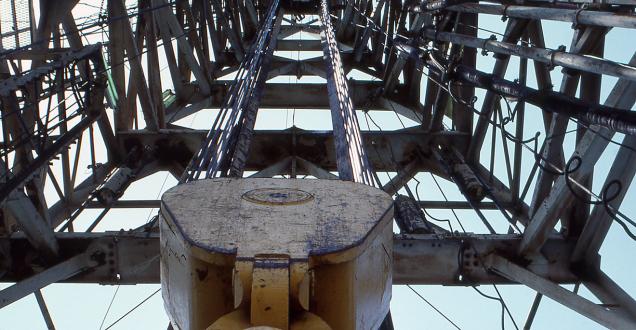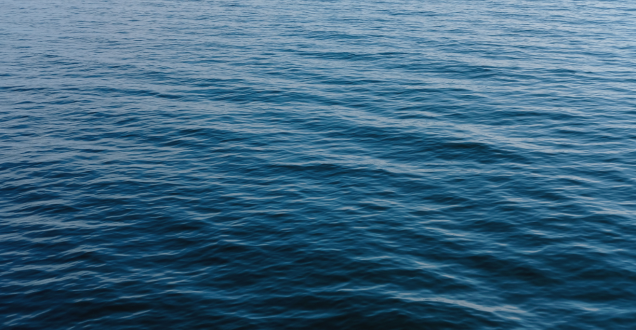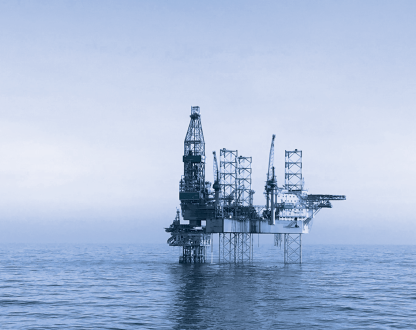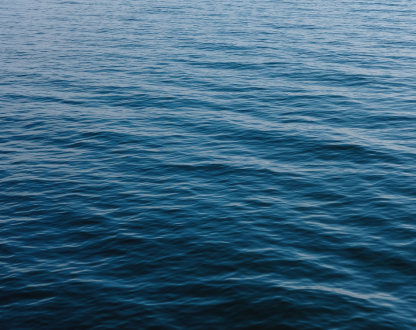Offshore oil and gas storage regulations
The Australian Government manages over 10 million km² of ocean, one of the largest marine jurisdictions in the world. These waters are the offshore area beyond coastal waters, between 3 and approximately 200 nautical miles from shore.
We regulate oil and gas activities in these waters under the Offshore Petroleum and Greenhouse Gas Storage Act 2006.
These regulations and laws support the Act:
- Offshore Petroleum and Greenhouse Gas Storage (Environment) Regulations 2023
- Offshore Petroleum and Greenhouse Gas Storage (Safety) Regulations 2024
- Offshore Petroleum and Greenhouse Gas Storage (Greenhouse Gas Injection and Storage) Regulations 2023
- Offshore Petroleum and Greenhouse Gas Storage (Resource Management and Administration) Regulations 2011
- Offshore Petroleum and Greenhouse Gas Storage (Regulatory Levies) Act 2003.
The Offshore Petroleum and Greenhouse Gas Storage Legislation Amendment (Safety and Other Measures) Act 2024 has passed into law. It amends the Offshore Petroleum and Greenhouse Gas Storage Act 2006. It aims to improve offshore safety in Commonwealth waters. Read about the changes.
Our regulatory activities include:
- permits, leases and licences (titles)
- environmental management
- occupational health and safety
- well integrity.





